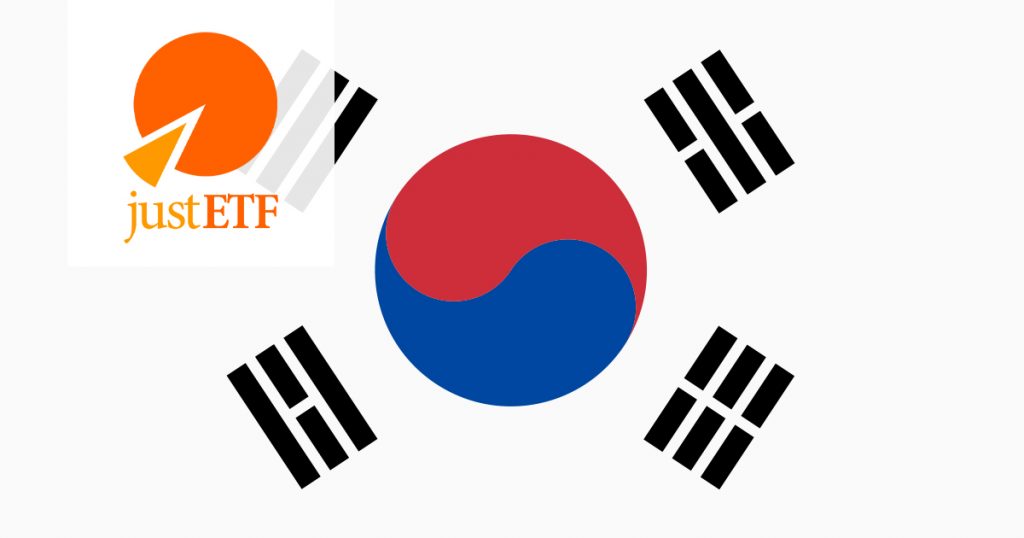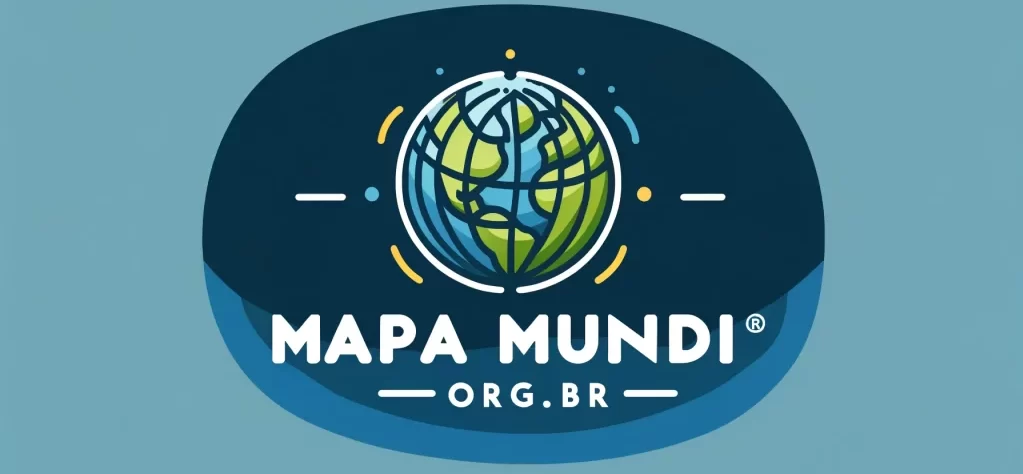
Por Alison Cordeiro Sousa – Aluno do curso de Relações Internacionais e Pesquisador do Núcleo de Estudos em Negócios Asiáticos (NENA/ESPM)
A Coréia do Sul combina estabilidade e taxas de crescimento econômico rápido, o que é raro, ou seja, atraindo os investidores internacionais que buscam maiores rentabilidades. A Coréia tem a 10ª maior economia do mundo, com um valor de 1,6 trilhões de dólares. Os fundamentos econômicos da Coréia são sólidos, com seu volume comercial em 9º lugar no mundo a partir de 2020, e com a 8ª maior reserva de divisas do mundo a partir de julho de 2021 (International Trade Administration U.S. Department of Commerce, 2021). A economia do país é bastante estável e capaz de suportar a operação e o crescimento contínuo dos negócios. Apesar dos efeitos da pandemia da COVID-19, a Organização para a Cooperação e Desenvolvimento (OCDE), previu 4% de crescimento econômico para a Coréia em 2021.
Esse cenário torna a coreia muito atrativa para investimentos, em particular tem se destacado os resultados do mercado de ações como o Exchange Trade Fund (ETF), são fundos de investimentos especiais que tem como referência, algum índice da bolsa de valores, como o índice Bovespa (BOVA11) no Brasil, na Coreia do Sul existem o Korea Composite Stock Price Index (KOSPI) ou The MSCI Korea 25/50 Index. Os fundos são especiais, porque são compostos por uma cesta de ações de diversas empresas, diferente dos fundos de investimentos tradicionais. No Brasil, por exemplo, comprar um ETF, significa adquirir um conjunto de ações, logo, ao invés de obter somente uma ação como a Petrobrás (PETR4.SA) ou Itaú (ITSA4.SA), se navega pelo “Home Broker”, plataforma utilizada nas corretoras de investimentos para ver o mercado das ações, e busca-se pelo código de seu ETF para realizar a compra do conjunto de ações de preferência.
Os ETFs replicam algumas estratégias dos índices das bolsas de valores. Como por exemplo, quando vemos que o índice KOSPI ou BOVA11, aumentaram ou diminuíram, estamos dizendo que o mercado de ações que fazem parte dos índices, ampliaram ou reduziram. Diferente dos fundos tradicionais que muitas vezes as pessoas avaliam ação por ação, relatórios financeiros de diversas empresas e compram todas essas ações, centenas ou milhares de vezes. Com isso, alguns ETFs facilitam a gestão de carteira do investidor, como KOSPI 200 que tem quase a mesma valorização que o índice KOSPI. Já que o ETF- KOSPI 200, lista 200 ações das principais empresas sul coreanas, com destaque para o setor de tecnologia. Então, se o índice KOSPI estiver subindo 2%, o ETF – KOSPI 200, irá subir muito próximo disso.
No mercado de ações sul coreano temos destaques para alguns ETFs, que são mais lucrativos que o BOVA11, como iShares MSCI South Korea Index ETF (EWY), Direxion Daily MSCI South Korea Bull 3X Shares ETF (KORU) e Franklin FTSE South Korea ETF (FLKR). O maior ETF da Coréia do Sul é a iShares MSCI South Korea ETF (EWY) com cerca de $ 6 bilhões em ativos. No último ano consecutivo, o ETF com melhor desempenho da Coréia do Sul foi a KORU com 37,91% (Yahoo Finance, 2021). E com mais de $ 65,02 milhões em ativos (Franklin Templeton, 2021)., o mais recente ETF lançado no espaço sul-coreano foi a Franklin FTSE South Korea ETF (FLKR) em 2017.
Apresentado os principais ETFs coreanos, agora vem a pergunta, por que esses ETFs listados valem mais a pena do que o BOVA11? A razão é que, o índice Kospi, subiu 30,8% em 2021, seu maior salto anual em mais de uma década. O ETF iShares MSCI Coreia do Sul (EWY) cresceu 38,4% em 2020, superando os ganhos acumulados como o S&P 500 nos EUA. E FLKR teve um retorno de 29,7% no ano passado e 8,9% ao ano nos últimos três anos (Imbert, 2021). Diferente do BOVA11, que no ano passado teve uma alta de apenas 2,92% e sendo um dos únicos ativos na bolsa de valores brasileira, que pode ser alugado duas vezes, mas isso só favorece investidores com grande soma de capital e geralmente as comissões cobradas são altas. Então, a Shinhan Financial Investment, empresa do segundo maior banco da Coreia do Sul, já oferece empréstimos de ações peer-to-peer (P2P) via blockchain, para o investidor poder emprestar suas ações de forma mais fácil e barata, de modo direto para outros indivíduos, recebendo uma taxa em troca do empréstimo.
Para um retorno de curto prazo, o EWY e KORU, parecem ser as melhores opções. Por exemplo, o KORU é uma aposta mais agressiva de um dia nas ações sul-coreanas. O fundo visa proporcionar 3x o desempenho do MSCI Korea 25/50 Index. E o fundo reequilibra sua alavancagem diariamente, se mantido por períodos mais longos, os efeitos combinados de desbalanceamento diário podem levar a diferenças significativas na trajetória de retornos esperados. Além disso, apresentam uma alta liquidez e rentabilidade acima da média nos mercados emergentes e desenvolvidos. E para quem pensa em rentabilidade a longo prazo, FLKR atrai por sua baixa taxa de despesas, permitindo o acesso direto dos investidores às ações sul-coreanas a um preço competitivo. E seu índice de mercado vem permanecendo constante, sem grandes perdas, como foi no último ano.
E finalmente, as ações sul-coreanas, medidas pelo índice MSCI Korea, superaram o mercado mais amplo dos Estados Unidos para um período de 12 meses, com um retorno total de 48,3% comparado ao retorno total do S&P 500 de 36,2%, em 5 de agosto de 2021 (Investing, 2021). Logo, o S&P 500, que lista as 500 maiores empresas dos EUA, como Apple, Microsoft, JP Morgan, e etc. Está com uma menor rentabilidade comparada com MSCI Korea, então claro que investir no mercado coreano está sendo mais favorável a um retorno, do que investir no principal mercado de ações mundial, o americano ou até mesmo no Brasil.
Bibliografia
Alvarenga, D. (3 de Março de 2021). Brasil sai de lista das 10 maiores economias do mundo e cai para a 12ª posição, aponta ranking., disponível em https://g1.globo.com/economia/noticia/2021/03/03/brasil-sai-de-lista-das-10-maiores-economias-do-mundo-e-cai-para-a-12a-posicao-aponta-ranking.ghtml. Acesso em 12 de Setembro de 2021.
Banco Central do Brasil. (25 de Agosto de 2021). Estatísticas do setor externo. Disponível em https://www.bcb.gov.br/content/estatisticas/hist_estatisticassetorexterno/202108_Texto_de_estatisticas_do_setor_externo.pdf. Acesso em 15 de Setembro de 2021.
Banco Mundial. (2020). GDP growth (annual %) – Brazil, Korea, Rep. Disponível em https://data.worldbank.org/indicator/NY.GDP.MKTP.KD.ZG?end=2020&locations=BR-KR&start=2010&view=chart. Acesso em 15 de Setembro de 2021.
Bank of Korea. (9 de Julho de 2021). Balance of Payments July 2021. Disponível em https://www.bok.or.kr/eng/bbs/E0000634/view.do?nttId=10066385&menuNo=400069&searchWrd=Balance+of+Payments+&searchCnd=1&sdate=&edate=&pageIndex=1. Acesso em 15 de Setembro de 2021.
BlackRock. (16 de Setembro de 2021). iShares Ibovespa Fundo de Índice. Disponível em https://www.blackrock.com/br/products/251816/ishares-ibovespa-fundo-de-ndice-fund?cid=ppc:blackrock_br:google:tickers&gclid=Cj0KCQjw1ouKBhC5ARIsAHXNMI_njJMAPbPL2QOoxRAhauUcAn6J-7X_O483nw_7X-MQ6PF-z2wjRhoaAmJbEALw_wcB&gclsrc=aw.ds. Acesso em 16 de Setembro de 2021.
Imbert, F. (3 de Janeiro de 2021). South Korean stocks had their best year in more than a decade in 2020. Here’s what drove them higher. Disponível em https://www.cnbc.com/2021/01/03/south-korean-stocks-had-their-best-year-in-more-than-a-decade-in-2020-heres-what-drove-them-higher.html. Acesso em 21 de Outubro de 2021.
International Trade Administration U.S. Department of Commerce. (13 de Agosto de 2021). South Korea – Country Commercial Guide. Disponível em https://www.trade.gov/country-commercial-guides/south-korea-market-overview. Acesso em 18 de Outubro de 2021.
Jeong-hun, L. (22 de Abril de 2021). S. Korea now ranks world’s 10th biggest economy. Disponível em https://www.hani.co.kr/arti/english_edition/e_business/992192.html. Acesso em 18 de Outubro de 2021.
Jones, R. S. (13 de Julho de 2021). The Korean New Deal. Disponível em https://keia.org/the-peninsula/the-korean-new-deal/. Acesso em 20 de Outubro de 2021.
Organização para a Cooperação e Desenvolvimento. (2021). Korea. Disponível em https://data.oecd.org/korea.htm. Acesso em 26 de Outubro de 2021.
Pontes, N. (3 de Dezembro de 2015). Entenda como a Coreia do Sul passou da miséria à potência tecnológica. Disponível em http://g1.globo.com/sp/vale-do-paraiba-regiao/o-futuro-das-cidades/2015/noticia/2015/12/entenda-como-coreia-do-sul-passou-da-miseria-potencia-tecnologica-.html. Acesso em 13 de Setembro de 2021.
Rocha, L. (6 de Agosto de 2019). Corretora do segundo maior banco da Coreia do Sul oferecerá empréstimo de ações em blockchain. Disponível em https://www.criptofacil.com/corretora-do-segundo-maior-banco-da-coreia-do-sul-oferecera-emprestimo-de-acoes-em-blockchain/. Acesso em 22 de Outubro de 2021.
Solability Sustainable Intelligence. (2020). The Global Sustainable Competitiveness Index. Disponível em https://solability.com/the-global-sustainable-competitiveness-index/the-index. Acesso em 11 de Setembro de 2021.
Talking of Money. (2021). Top 3 ETFs da Coréia do Sul. Disponível em https://pt.talkingofmoney.com/top-3-south-korea-etfs. Acesso em 16 de Setembro de 2021.
Yahoo Finance. (16 de Setembro de 2021). Ishares Ibovespa Index Fund (BOVA11.SA). Disponível em https://finance.yahoo.com/quote/BOVA11.SA?p=BOVA11.SA&.tsrc=fin-srch. Acesso em 16 de Setembro de 2021.
Yahoo Finance. (16 de Setembro de 2021). Ishares MSCI South Korea ETF (EWY). Disponível em https://br.financas.yahoo.com/quote/EWY/holdings/. Acesso em 16 de Setembro de 2021.
Concentrando dois terços da população global, nele estão 3 dos 10 maiores PIBs do planeta: China, 2º; Japão, 3º; e Índia, 5º. De caráter multidisciplinar, o núcleo tem por objetivo difundir o conhecimento sobre a Ásia no Brasil, sobretudo na esfera acadêmica, empresarial e entre o público interessado.
